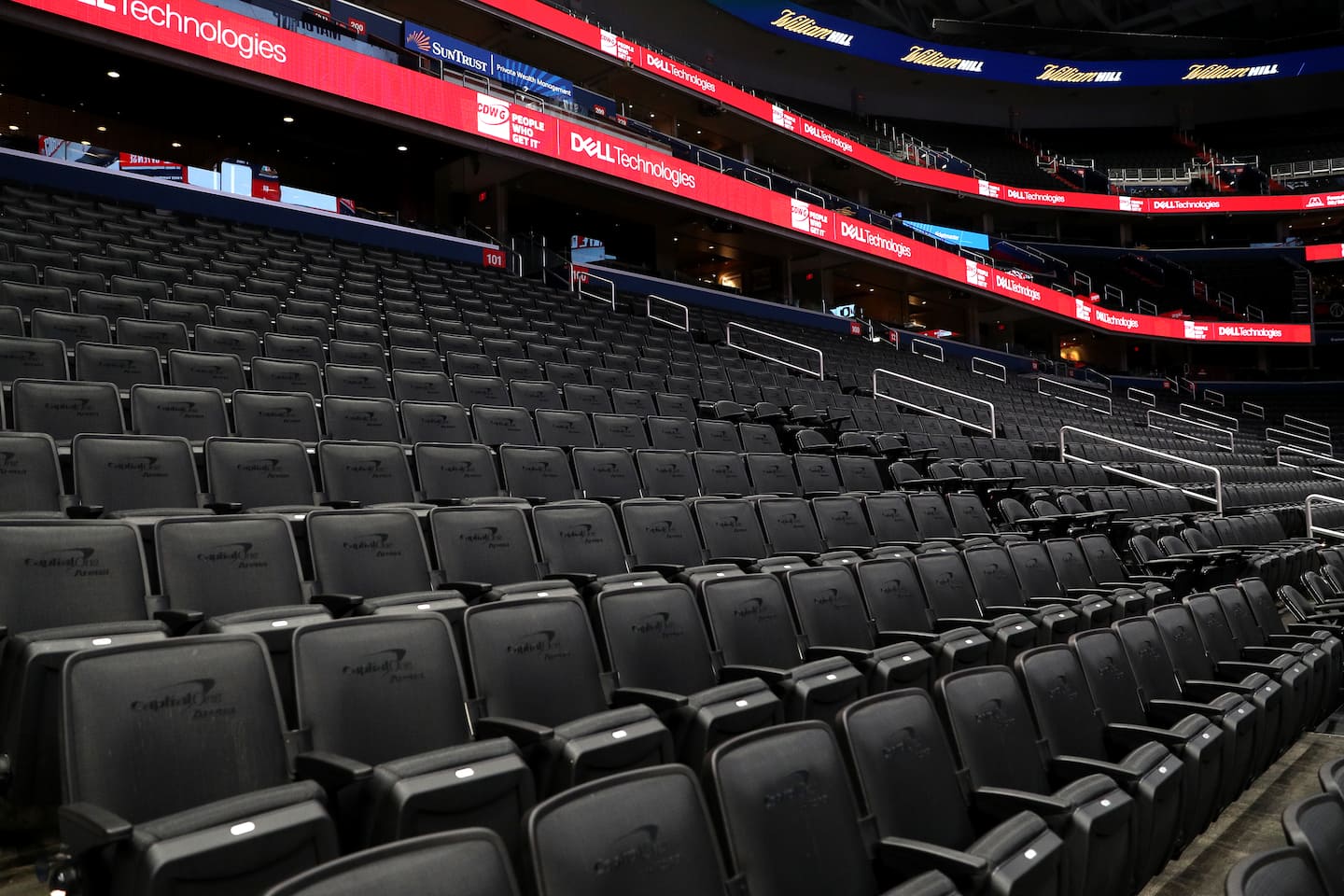The NBA is facing an economic crisis if players and owners can’t agree on next season

The NBA’s self-imposed deadline for reaching an agreement came and went Friday, bumped back one week as the players wrap their minds around the possibility of a Dec. 22 start date and angle for a Jan. 18 opening. Many of the same dynamics that were at play during the bubble talks remain, but the stakes are much higher and both sides are feeling a greater squeeze this time around.
The bubble came together because the novel coronavirus pandemic made the players and owners realize they needed each other to lessen the blow to their pocketbooks. They now need each other more than ever.
Consider that the NBA was roughly three-quarters through its 2019-20 regular season before the pandemic hit, meaning that it had already banked five months of gameday-related revenue. Contrast that with the upcoming season, during which fans might not be able to return to arenas at all. With new coronavirus cases hitting record levels in recent weeks, Anthony S. Fauci, the director of the National Institute of Allergy and Infectious Diseases, said in an interview last week that sporting events might not return to normal until the fourth quarter of 2021.
The bubble proved exceptionally effective at limiting the coronavirus’s financial damage in 2019-20. ESPN reported that the NBA’s overall revenue last season was down just 10 percent despite the four-month hiatus, while the bubble generated $1.5 billion at a cost of less than $200 million.
But the bubble was a short-term solution, undertaken with the hope that the country would be getting back on track in its fight against the virus this fall. Instead, the situation has deteriorated with a record 98,270 cases reported Friday and with White House chief of staff Mark Meadows acknowledging recently that “we are not going to control the pandemic.”
As Fauci warned that the country is “in for a whole lot of hurt” during the upcoming holiday season because of the coronavirus, so too is the NBA’s next season. A total absence of fans and the need to play a shortened 72-game schedule to realign the NBA’s typical calendar would cost the league approximately $4 billion of revenue. That’s a massive hit for a league with $8 billion in annual revenue — much larger than the hole filled by the bubble — and one that would necessitate steep drops to future salary caps and individual player salaries.
Both sides hope the league can return to something resembling normal for the 2021-22 season, but they can’t count on it. Michele Roberts, the National Basketball Players Association’s executive director, said in August that the players knew they were “going to have at least one season that’s going to be challenging.” Don’t skip over the “at least.”
Even if the NBA got back onto its typical schedule for 2021-22, it’s possible fans wouldn’t be able to return to arenas for some or all of that season. That scenario would extend the 40 percent revenue drop that comes with no fans into a third season.
What’s more, it’s not clear whether the NBA will be able to sell as much merchandise or draw its typical television ratings as the pandemic drags on and continues to affect the national economy. Playing outside of a bubble will also increase the possibility of positive coronavirus tests, which could lead to postponed or canceled games, long-term absences for impacted players and other eventualities that could harm the league’s financial picture.
The scope of the NBA’s economic crisis is massive, but it represents the best reason to believe the two sides will find a resolution without a true labor war. The owners and players are backed into a corner together, needing to do everything possible to maximize revenue this season, satisfy their television partners and make up as much ground as possible before the NBA’s television and media rights deals end in 2025. If that’s the focus, it’s hard to justify missing the Christmas showcase, delaying the 2021 playoffs for any reason or pushing back the start of the 2021-22 season.
In a more typical negotiation, it would be natural for the players to resent the owners for asking them to return for training camp in early December after the Finals just concluded in mid-October. And it would be natural for the owners to counter by saying that the players should just deal with it because they didn’t play a full 82-game schedule last year, they won’t again next year and they had an unexpected four-month break in between.
But this isn’t a typical negotiation. The owners can’t easily threaten to field replacement players during a season that will already be so unusual. The players can’t easily threaten to hold out during a time of such financial peril. With television ratings already slumping and the public dealing with more immediate concerns, a basketball labor war would be met by crickets and disgust.
Indeed, the owners and players both lack meaningful leverage because the unrelenting pandemic holds all the cards.






